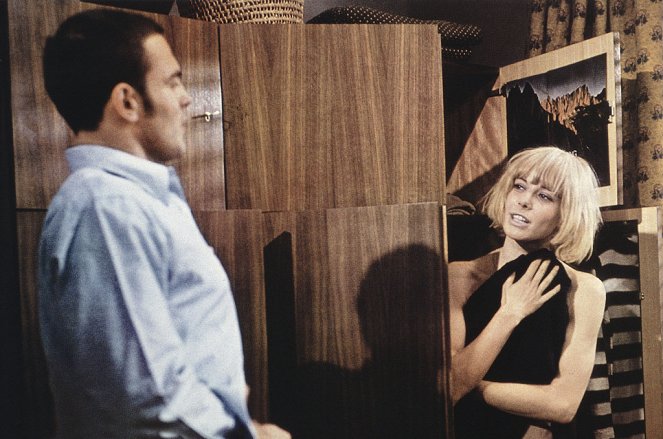Directed by:
Volker SchlöndorffCinematography:
Franz RathCast:
Anita Pallenberg, Hans Peter Hallwachs, Werner Enke, Manfred Fischbeck, Willy Harlander, Sonja Karzau, Kurt Bülau, Angela HillebrechtReviews (1)
Unsurprisingly for its time, Schlöndorff's second film appeared in cinemas supported by an exploitation-tinged campaign that tried to sell it as a shocking and outrageous work that mirrored the moral decline of the younger generation. The distributor perhaps intended to evoke similar attitudes among older and conservative viewers in order to make the film an event and a scandal. It is thus even more pleasantly surprising that Degree of Murder is not exploitative at all, nor does it involve any opposition between generations in any significant way. Schlöndorff made a film that is infectiously young in spirit and approach without having to make that ostentatiously apparent, as was rather the habit of young filmmakers and new waves. On the contrary, he attempts to diegetically anchor all formalistic tendencies, such as theatrical lighting and allusions to kabuki theatre, in the murder scene. Though this reduces their surface effect, it also gives them a civilly grotesque dimension. In Schlöndorff’s hands, the film’s subject matter, taken from a newspaper article (which is quoted verbatim in a scene in his debut film, Young Törless), is transformed from a dark chronicle to a playful celebration of life in the constant shadow of death. The film relates this essential duality to the aimlessness and rootlessness of young people’s lives in the process of the urban system of the service economy which, like the entrenched and glum older generation, is peculiarly not very apparent and, like death, leaves them to resonate alongside, in the background. Conversely, it focuses on the temporary relief of leisure time and the fleeting illusion of freedom and boisterousness. Instead of a task and work, the attempt to remove the body of a former lover killed in an unfortunate accident thus becomes the equivalent of a free evening or a weekend trip with all of the related amusements, including casual sex, manic merrymaking, random discussions, daydreaming and arguments, disputes, hangovers and the unavoidable return to reality. Besides its concept and formalistic treatment, the film’s new-wave style and vitality is enhanced to a significant extent by its cast, led by the captivatingly vivacious Anita Pallenberg, who perfectly personifies the emotional wavelength of the film as a whole.
()
Gallery (22)
Photo © Constantin Film

